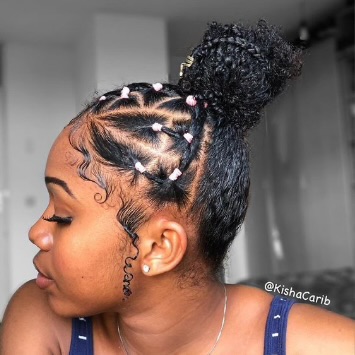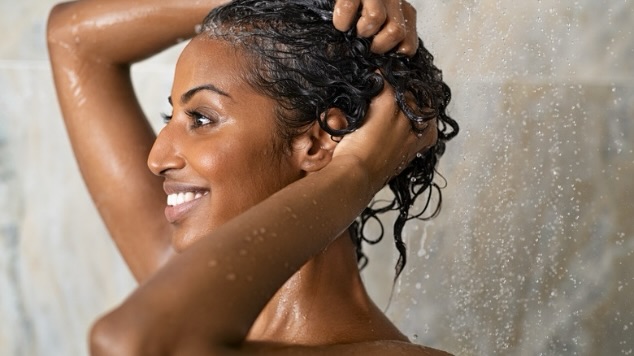We’ve all been there, grabbing the nearest rubber band or tight hair tie to pull our hair into a quick ponytail or bun.
But is that trusty band doing more harm than good? If you’ve noticed more breakage, thinning edges, or split ends, your choice of hair accessory might be the hidden culprit.
The problem with rubber bands
Plain rubber bands, especially those not designed for hair, are one of the biggest offenders when it comes to hair damage. They grip tightly and can snag or snap strands as you remove them. The tension they create often pulls on the hair shaft, leading to stress at the roots and increased risk of breakage. For textured and curly hair types, the damage can be even more pronounced due to the hair’s naturally fragile structure.
Hair ties aren’t always innocent either
Even traditional elastic hair ties can wreak havoc if they’re too tight, used repeatedly in the same spot, or made with exposed metal clasps. Over time, this constant pressure and friction can weaken the hair, causing shedding, thinning, and in some cases, traction alopecia, especially around the edges.
Safer styling solutions
Fortunately, there are gentler alternatives. Look for fabric-covered elastics, spiral hair ties, or scrunchies made from silk or satin. These glide through the hair without tugging and distribute pressure more evenly. If you must use tighter bands for styles like braids or puff ponytails, opt for snag-free options specifically designed for hair, and remove them carefully, never yank.
Healthy hair tie habits
Switch up the placement of your ponytail or bun to avoid repeated stress on the same section of hair. Don’t tie your hair when it’s soaking wet (it’s more fragile then), and give your hair regular breaks from tight styles.
In the end, it’s not just what you use, but how you use it. Being mindful about your hair accessories can prevent unnecessary damage and keep your strands looking healthier, longer.





